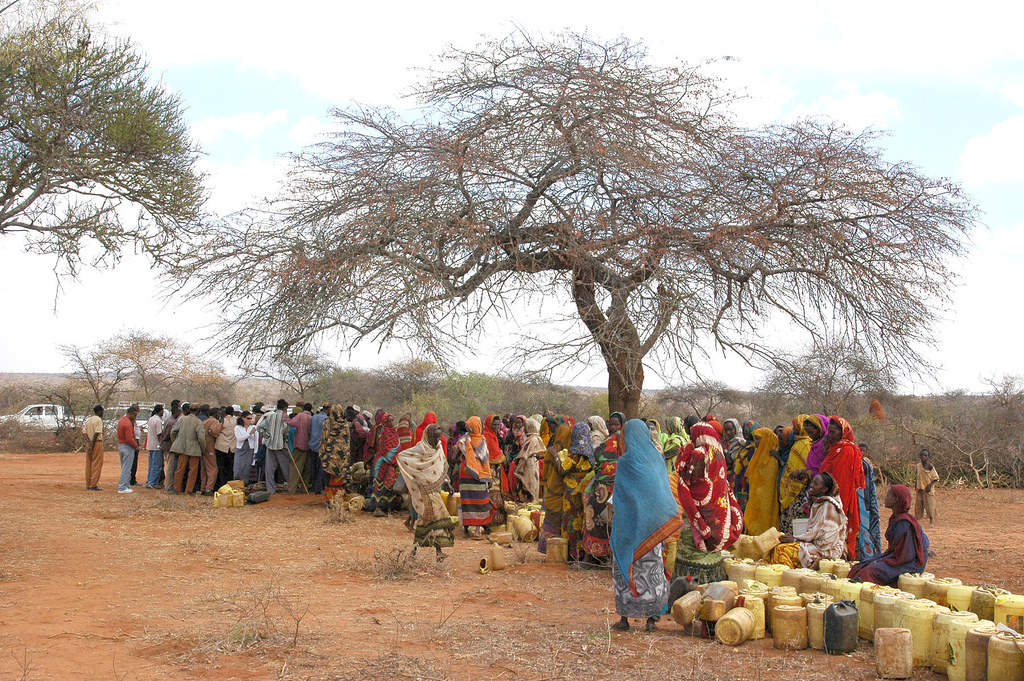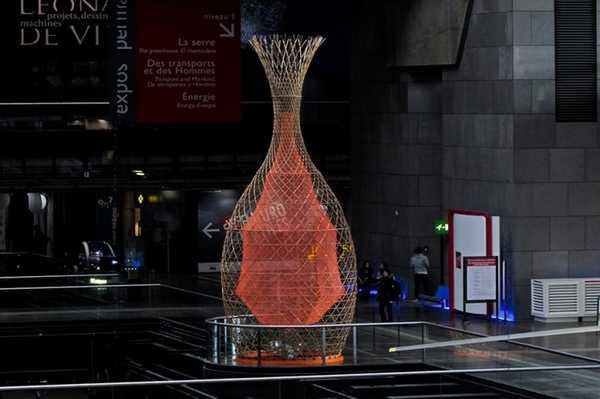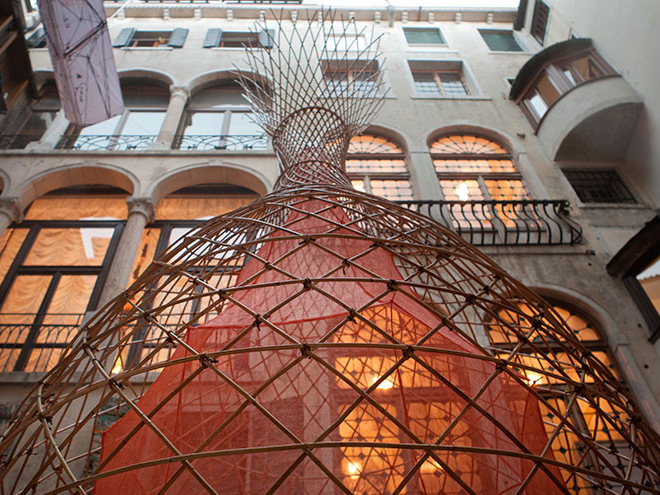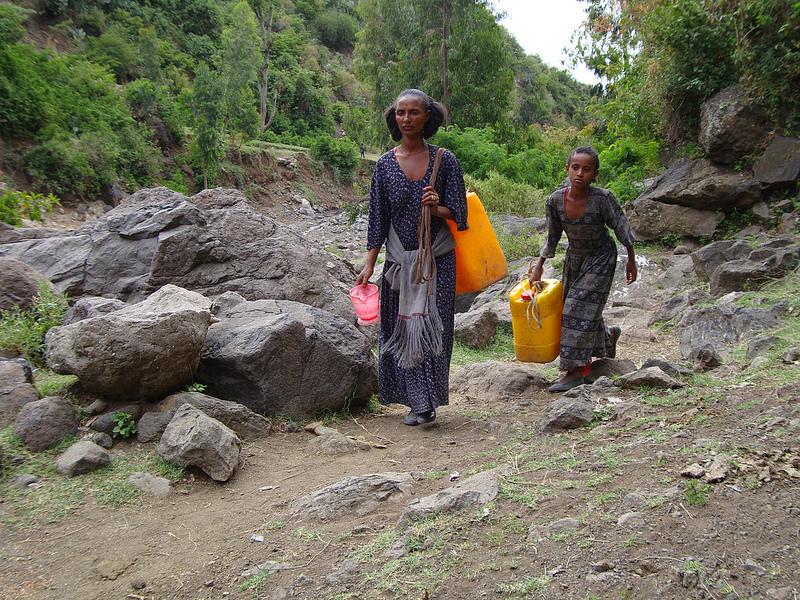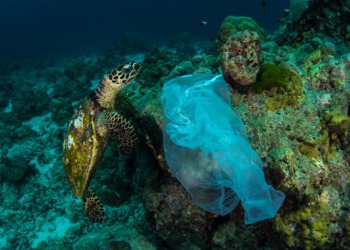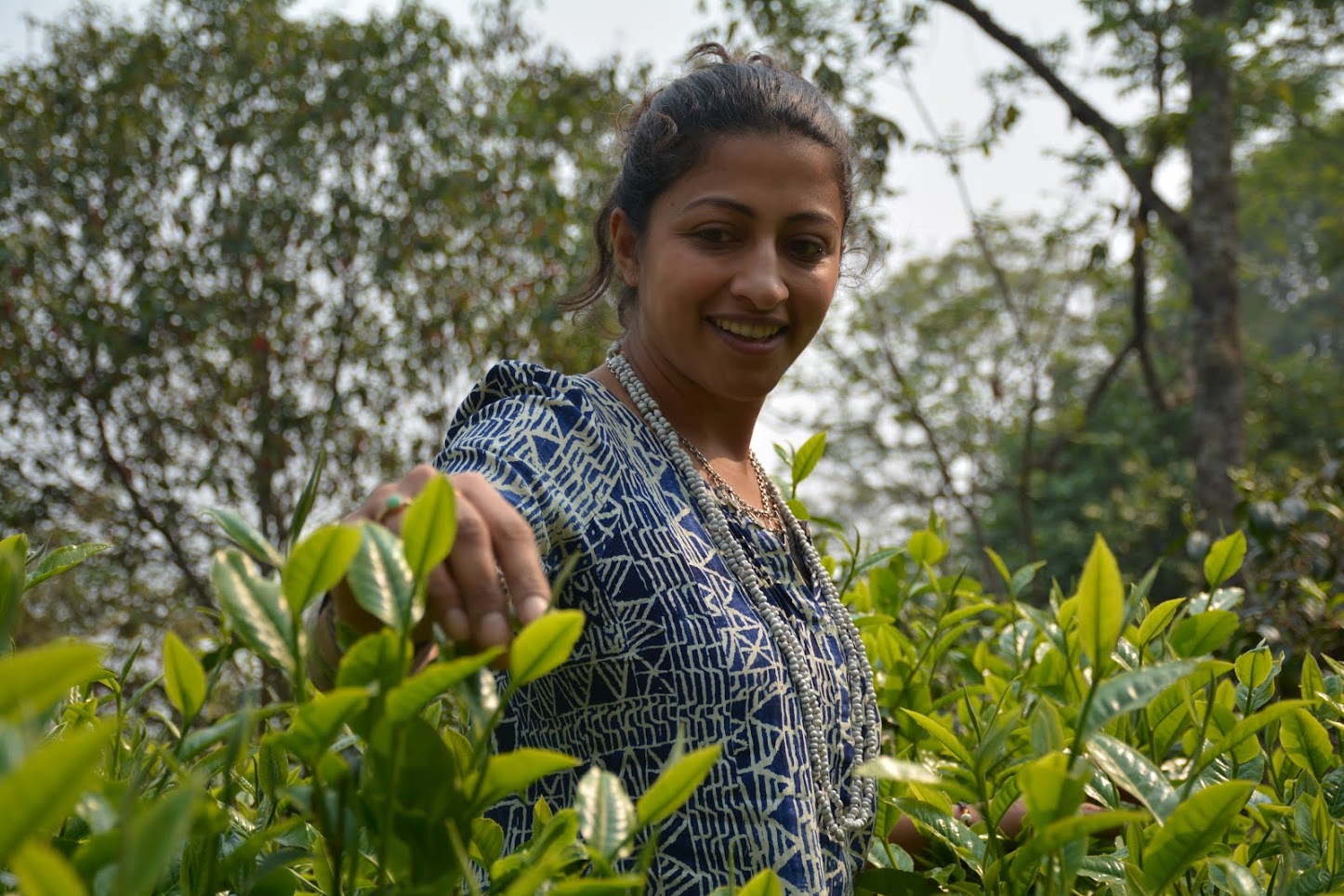Traveling from Italy to Ethiopia was like visiting a whole new world for Italian architect, Arturo Vittori. During his first trip there in 2012, he spotted a woman struggling to carry a large container of water. His instinct was to help her, but the size and weight of the container was almost unmanageable. He was shocked by her ability to carry the container for several miles, all the way back to her village.
Over the next few days, Vittori continued to see many women traveling with these large containers, despite the fact that many natural sources of water are often contaminated with parasites and human and animal waste. Because water is so scare, women and children often have no choice but to travel long distances to collect water for their families. Some of the natives are even unaware that the bacteria in the water can make them sick, causing water borne illnesses to run rampant among Ethiopian communities, which in some cases can cause death, especially in young children.
Seeing with his own eyes the living conditions of a community that lacks water and other essential resources made Vittori start to think about how the situation could be improved. He wondered if there was a way to make purified water more accessible, so women could take care of their homes and so children could get an education, without disturbing the natural landscape. This project was very unique compared to his previous work as an architect: the environment was different, the technology was different, the infrastructure was different, making it a great challenge, but no doubt, very important.
Almost three years since his first trip to Ethiopia, Vittori and his team have implemented the first Warka Water 3.2 tower in Ethiopia. The Warka tower, named after the Ethiopian fig tree, is designed to provide water through three methods: rainwater, fog harvesting, and dew condensation.
The Warka Water team designed the towers to fit in with the natural landscape of Ethiopia and to utilize local materials. The design derived from traditional Ethiopian basket-weaving techniques as well as from studying the structures of several plants and animals such as Namib beetle’s shells and lotus flower leaves.
The Warka Water towers are constructed mainly with natural and biodegradable materials such as bamboo, hemp and bio-plastic. They are designed to be environmentally friendly by not causing any pollution or harm to the ground they are built on. The Warka Water team hopes the towers will also be able to benefit the environment by providing water for irrigation, reforestation and ecosystem regeneration.
The tower consists of several main parts. The newest design, Warka Water 3.2, stands at 31 feet tall and weighs 176 pounds. The triangular frame of the tower, made from bamboo elements, can be easily transported and fixed with hemp ropes. Around the tower, there are eight fixation points that attach ropes to the tower, giving it more stability. The ropes are all made locally with natural fibers from banana tree leaves. The last part of the tower is a canopy that provides shade and allows the tower to serve as a gathering place, much like the Warka tree.
With the help of eight people, the tower can be easily constructed in ten days, using no mechanical tools. This makes it exceptionally easy for locals to build their own towers after receiving proper instruction on how to do so. The team hopes to train locals in each community who can then build towers in surrounding villages, thereby creating jobs and boosting the local economy.
The tower is designed to collect water from the air and fog, but primarily from rainwater. When it rains, a permeable mesh, within the bamboo structure, allows air to pass through and captures the falling water droplets. The collector, a large funnel-shaped tube, sits below the mesh and stores the water droplets as they roll off. A smaller funnel filters the water from the collector to an 800-gallon water tank. The tower is expected to garner 13 to 26 gallons (50 to 100 liters) of water per day. People are able to retrieve this water by gathering at the base of the tower and pouring it out of a spigot.
The Warka Water team hopes the towers will have many lasting impacts. Their goal is not only to provide clean water, but also to improve the lives of the Ethiopians by creating opportunities for growth and development. Their hope for the future of Warka Water is to be able to mass-produce the towers so that they can be implemented in rural communities all over the world. Another potential future development of the Warka Water towers may be to incorporate an Internet connection point that will help connect the community to outside information.
Inventions such as the Warka Water towers raise questions of how water-relief systems can help to end the water crisis around the world. Other methods of obtaining water such as water-well drilling may be effective, but they can also be costly and harmful to the environment. Perhaps by replacing hazardous methods of retaining water with more natural, sustainable inventions, the water crisis can be solved and the lives of people affected by water shortages and contamination can be saved. However, some may question the effectiveness of inventions such as the Warka towers.
Even after three years of working on this project, the Warka team is still learning and experimenting. Questions may be raised about whether or not the collector is able to catch the average rainfall and if the structure of the tower will be able to withstand harsh weather. Some may also worry the tower won’t be able to provide water throughout the entire dry season. Vittori and his team believe their tower will be effective even in the worst conditions, but only time will tell.


